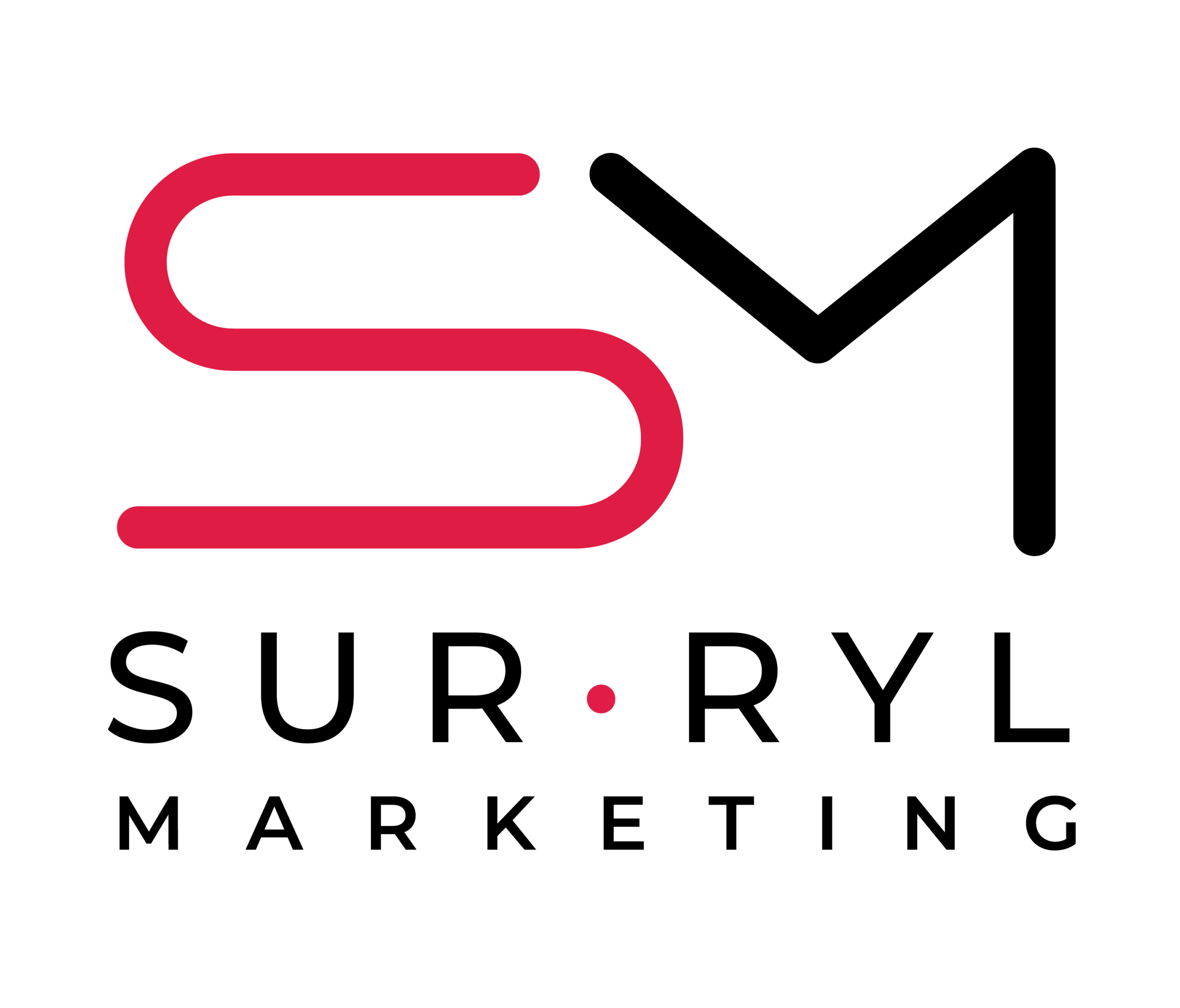
Many business owners understand the importance of effectively managing their customers; however, most define “customers” as those that purchase their products and/or services. While this is an accurate definition, it is important to look beyond external customers and remember a target audience that is often overlooked; the internal customers, or employees.
Quite possibly the greatest asset an organization can have is its employee base. At The Sur-Ryl Group we define human resources as managing your internal customer. Just as you can expect to boost sales and accomplish business goals by utilizing the 4 P’s of marketing, we invite you to think of how the 4 P’s might also relate to reaching your objectives through effectively managing your internal customer.
1. Product (People)
The first “P” is product. In marketing, your product is “what” you sell to your external customer. In this case, let’s think of it as “who” you sell to your external customer. By hiring an employee and assigning them to a particular project you are essentially selling their skills to your client; you are implying that you have the confidence in their ability to successfully complete your clients’ project.
Because of your employees’ role as an agent of your organization, it is vital that you ensure you employ capable and trustworthy employees who are the best and the brightest in the field. Create a strategic staffing direction for your company, rather than solely seeking to fill positions. To do this:
• Consider hiring a blend of seasoned and entry level professionals. While entry-mid level employees do not benefit from years of experience, they may have ideas that can differentiate your organization and help it move in a positive direction.
• Pay attention to the candidates’ transferable skills and ability to do the job and move the company forward, rather than merely if they meet all of the specifications for the position.
• Evaluate candidates’ competencies and skills to identify opportunities that may enhance your organization’s ability to compete in the market. While an IT company may not need someone who has worked in retail, that experience may create opportunities for the firm to develop a specialized segment and tap into a niche market.
2. Price (Compensation & Benefits)
Attract and retain quality employees by offering a competitive compensation and benefits program. Create an optimal balance between employee wages/salary and other benefits such as health benefits, vacation and time off, bonuses/raises and other employee incentives. Take great care to ensure that employee compensation packages are equitably distributed. This can be accomplished by:
• Identify the going-rate for positions for which you are hiring. Knowing the typical rate helps provide an explanation for justifiable differences in employee compensation.
• While the “going-rate” should be a starting point, it is important to consider the employees’ individual competencies when establishing their compensation and benefits package.
• Establish an effective job performance evaluation tool that will help determine employee raises and increased incentives.
• Determine a vacation and time off policy that is favorable for both the organization and employees. If you decide to use an accrual system for time off, be sure to consider including a cap on the maximum amount of time that can be accrued. You might also develop policies regarding how such time is to be handled should the employee depart from the firm. Failing to do so can result in liabilities for the company.
• Consider setting up an Employee Assistance Program (EAP) as a way to differentiate your benefits package from that of other organizations.
3. Placement (Talent and Opportunities for Advancement)
While compensation and benefits are an important part of attracting and retaining employees, equally important are the opportunities they will have to learn and increase their skills. In addition, employees also want to know that they are appreciated. Here are a few ways that you can show your employees that they are valued.
• Show your employees that you trust their judgment by allowing them greater autonomy as they begin to master their job function.
• Give your employees the gift of knowledge. Implementing a training and development program not only allows your employees to grow, you also benefit from their increased knowledge.
• Promote from within. Few things will have an employee looking for another job quicker than feeling as if there are no opportunities for advancement within their current organization. Having a clear and consistent advancement program encourages employees to work harder, since they are working towards a goal. It also discourages excessive employee turnover.
• Employ positive reinforcement. There is a saying, “When I am right no one remembers; when I am wrong no one forgets.” While it is important that employees are corrected when they do not fulfill their job responsibilities, unless this is balanced with positive reinforcement employees will not feel appreciated. This can result in a lack of motivation and decreased morale. Implementing a positive reinforcement program shows employees that their work and efforts are appreciated.
4. Promotion (Organizational Pride)
Word of Mouth is the most effective form of advertisement, and who better to promote your company than the people who keep it running smoothly? Getting your employees to advocate your company starts with establishing organizational pride. The following are a few examples of how to cultivate organizational pride.
• Ensure that senior management expresses their vision and direction to the organization and its’ employees in a clear, concise and actionable manner.
• Create a company culture that allows employees to identify with the desire to become or remain best in class. Employees enjoy knowing that they work for industry leaders.
• Create affinity networks that allow employees the opportunity to celebrate their diversity. Affinity networks allow employees to further engage in the company, build a network and establish connections inside the organization. Employees who feel connected to their organization are less likely to leave the company and often have a stronger sense of company pride.
• Develop an “alumni” program that encourages former employees to stay in contact with the company. Continuous contact with employees who are no longer with the organization may lead to opportunities. Alumni may be able to use their connection to the organization to build relationships between your company and their future organization. This connection could lead to increased business for your firm. Furthermore, the experience they gain at another firm could be beneficial to your organization should they decide to work for you again.
• Finally, make your employees your priority.
For more information on how to effectively manage your internal customer you can contact Sur-Ryl Marketing at info@surrylmarketing.com.
